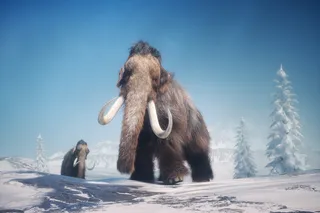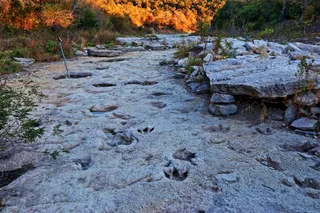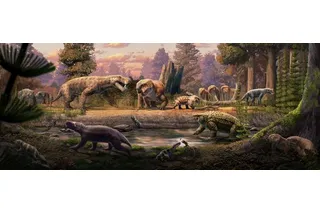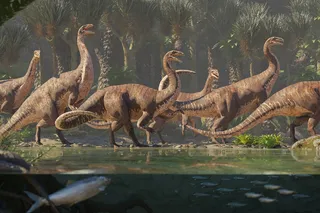Paleontologists in Thailand recently unveiled the discovery of a new dinosaur, Minimocursor phunoiensis, or “smallest runner” in Latin. The small, bipedal plant-eater likely ran in herds and occupied a lower rung on its local food chain. It would have dodged much larger predators, including the metriacanthosauridae theropods, predecessors to Tyrannosaurus Rex.
The skeleton is one of the best-preserved ever recovered from Southeast Asia, where it was found in the Kalasin province in northeastern Thailand. The team from the Palaeontological Research and Education Centre at Mahasarakham University has worked to classify the bones for more than 10 years before revealing the new dinosaur. The fossils came from a bone bed, a layer so dense that it reveals much about the ecosystem in which the dinosaurs had lived.
Read More: Ferocious, Badger-Like Animal Once Attacked and Killed Dinosaurs
Over the years, paleontologists have identified other species from the area, including a freshwater ...














